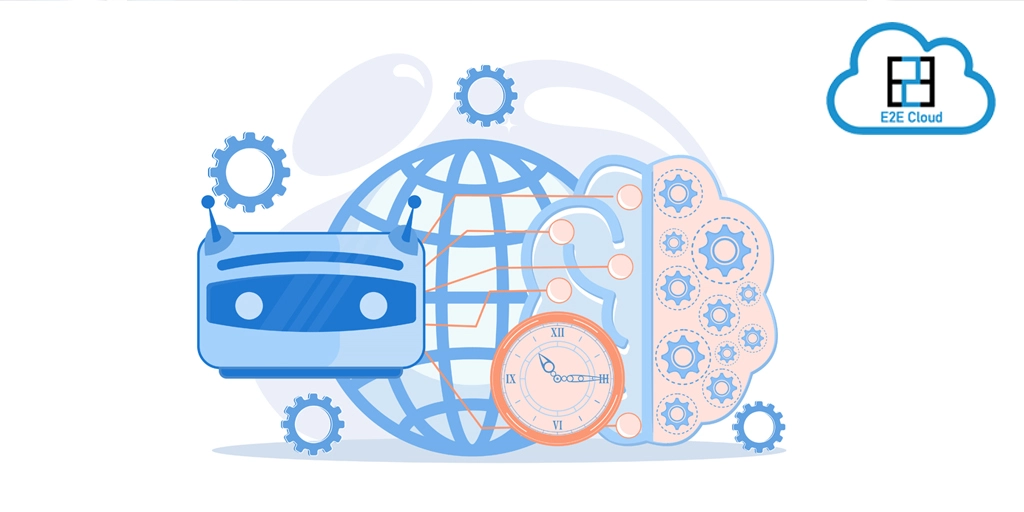Introduction
Cloud computing has radically turned the way IT infrastructure used to work. Cloud not just enabled smart business solutions but also incorporated new infrastructure delivery models. Though it is a boon to the industry, there are various security measures that you should keep in mind. According to some statistical industry reports, the projection says that the cloud migration service will grow to 9.5 billion dollars by 2022. Apart from that, perks like scalability, faster deployment, and increased efficiency will bring more customers to opt for cloud services.
In conjunction with cloud growth, cybersecurity experts are showing concerns about data security and system security. Cloud needs a direct connection with the internet for working. That makes it prone to cyber-attack. Therefore, cybersecurity in the era of the cloud should be a priority. According to a recent survey, 86% of the technical decision-makers acknowledged that a deficiency of a qualified security workforce is responsible for making slower progress of the cloud services. This article highlights the biggest cloud security challenges that 2021 will face.
Biggest Cloud Security Challenges of 2021
Cyber threats and security challenges keep on emerging every day. Thus, businesses need to embrace security-first minds. This year, we are about to face some of the biggest security challenges that every business should plan to mitigate.
i. Lack of IT Experts: According to the recent report published by the Cloud Security Alliance, 34% of the companies either lack IT experts or their organisation top officials believe their IT teams don't have the proper knowledge and experience to handle the cloud demands. That makes it one of the top security concerns businesses have regarding the cloud and its security.
ii. Data Breaches: There is no other concern more severe than a data breach. Many organisations face a massive data breach where personal credentials and private data got sold to the dark market. That is why every organisation should focus on protecting the system from experiencing a data breach. In the era of cloud computing, organisations and enterprises should use proactive measures, strategies, and techniques to tackle data breaches.
If your business experiences a data breach due to failure of an encryption mechanism or other issues, it might open your business to extreme compliance risks. Usually, data breaches lead to fines, penalties, and severe violations of client trust.
iii. Cloud Migration Issues: Migration of clouds is taking place in droves. Cloud providers or the organisation needs to handle it appropriately. Otherwise, it could lead the business to unnecessary risk. According to the industry report, 43% of organisations face challenges due to the visibility into infrastructure security while migrating.
If organisations and businesses opt for simple and straightforward migration strategies, it will help manage and relocate transitions to the cloud flawlessly. Another approach is to break down the migration process into different phases to reduce critical error risk and data corruption.
iv. Insider Threats: It is a good practice to trust your employees. But unfortunately, many businesses fall apart due to this trust factor. Insider threats have become a security challenge for cloud users. According to Intel research, more than 43% of the breaches and cyber threats are due to insider threats. Among this 43%, half of the threats are intentional, and the other half are accidental. It is where organisations need to put a check via access control and access management techniques. Implementing access management will restrict who can access when and what. Giving the cloud applications and their associated data sources as-required basis access will help protect its digital and physical assets from internal threats.
v. Unsecured APIs: The use of cloud computing opens the possibility of different entry points for attackers to exploit. Therefore, lowering the surface attack area is crucial to utilise a cloud service. With the advent of microservice architecture, cloud providers have seen an accelerating trend revolving around serverless functions. Application Programming Interfaces (APIs) are excellent as it provides reusability in a modular fashion. But it brings a considerable concern when used in a bigger system like the cloud. Even though your cloud is secure, there is a possibility that a newly designed API (you are using) might have some flaw or vulnerability that is unresolved. Intruders can hijack or exploit that flaw to hack into that less-secure API. A proper cloud solution provider (https://www.e2enetworks.com/) can help you thoroughly examine such applications and protect your business assets against weak points like these.
Conclusion
Securing a cloud system is a quotidian process. On average, it takes 30 to 40 days to patch any vulnerability. As the cloud proceeds to get massively adopted, organisations should remain aware of the cloud security challenges to leverage its full benefit. If you are looking for a 360-degree cloud security infrastructure, E2E Networks is the right place for you.












